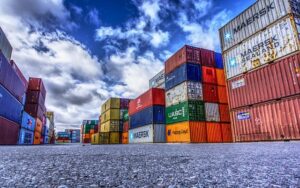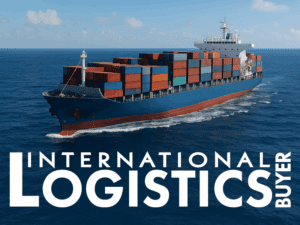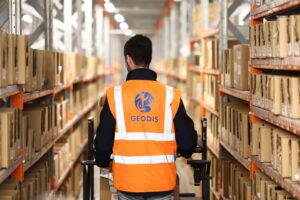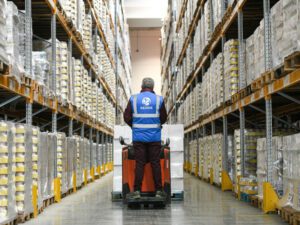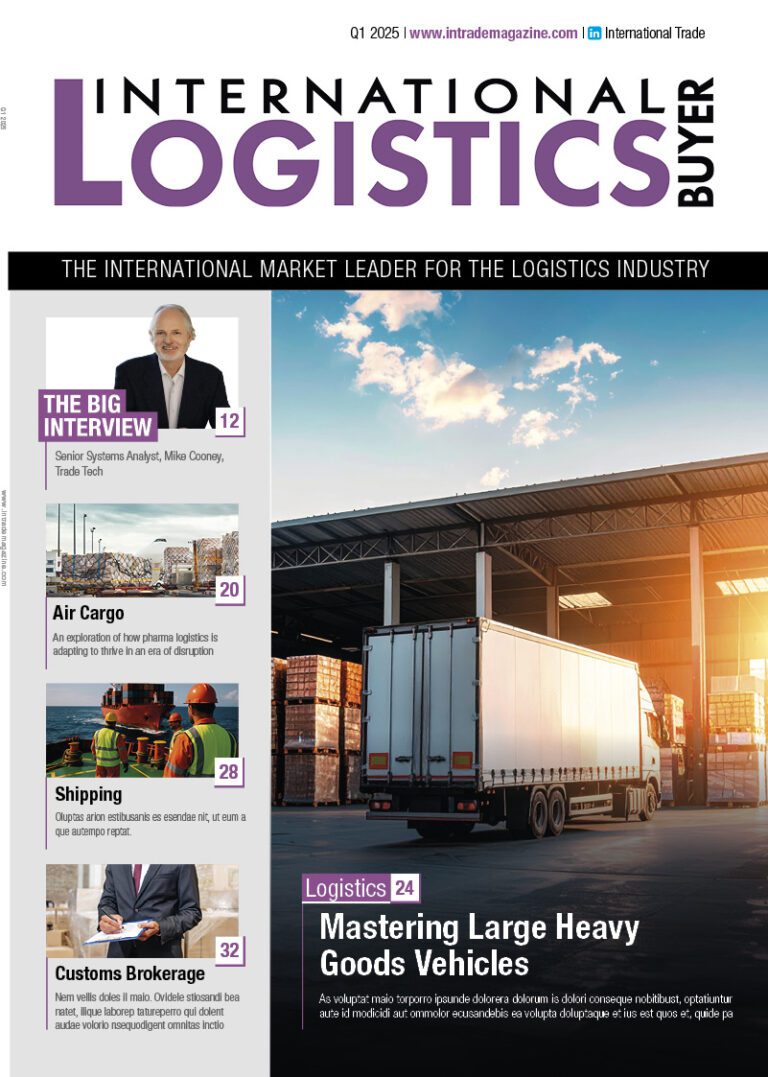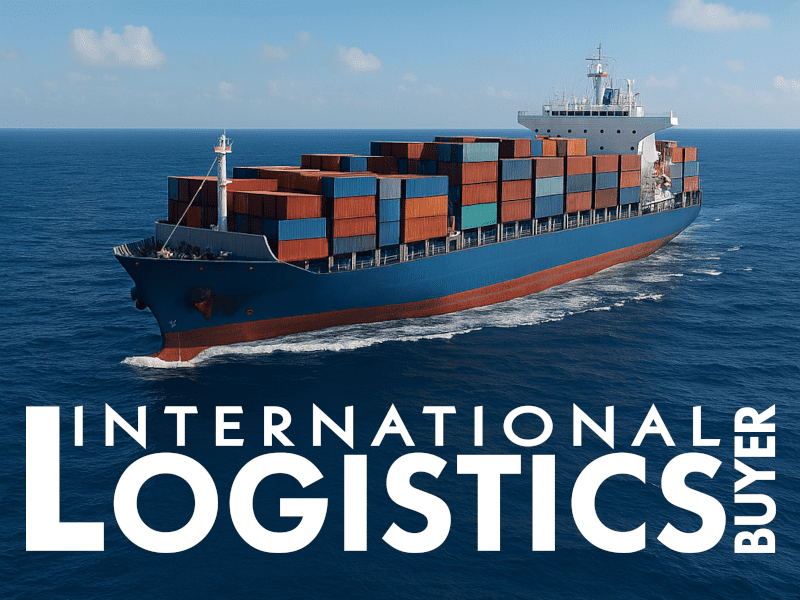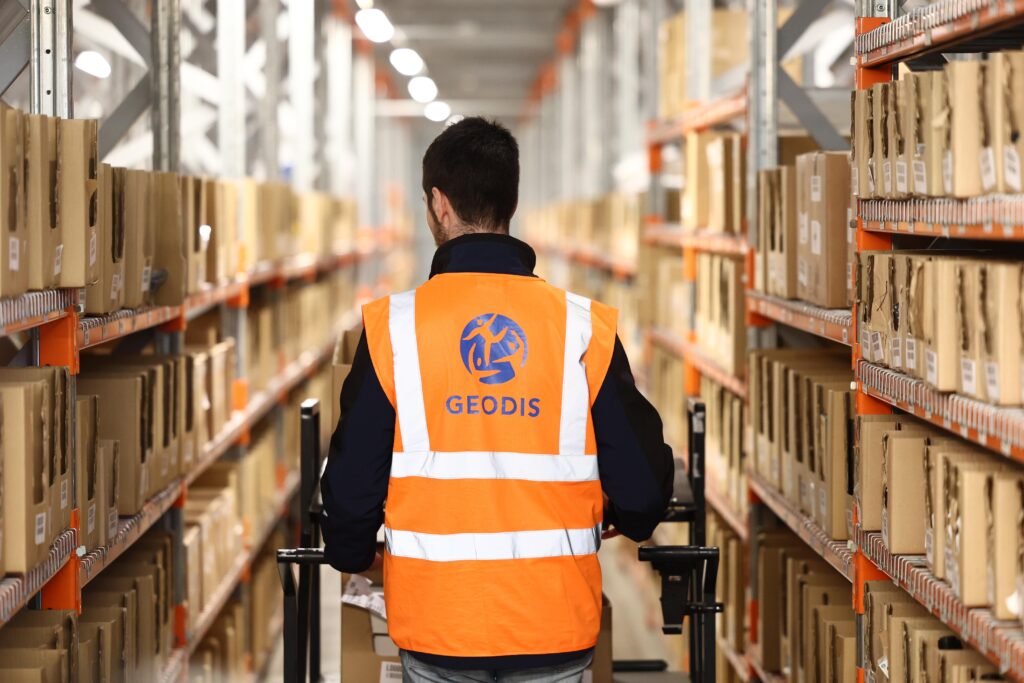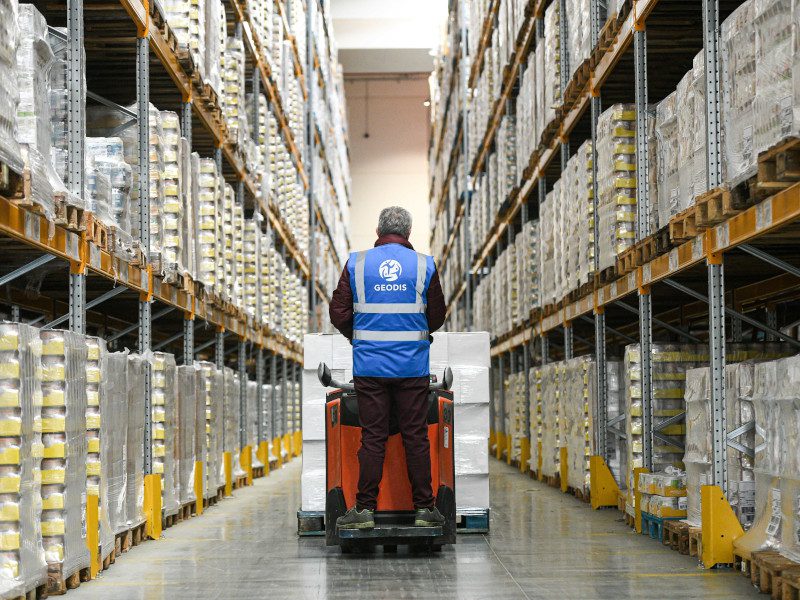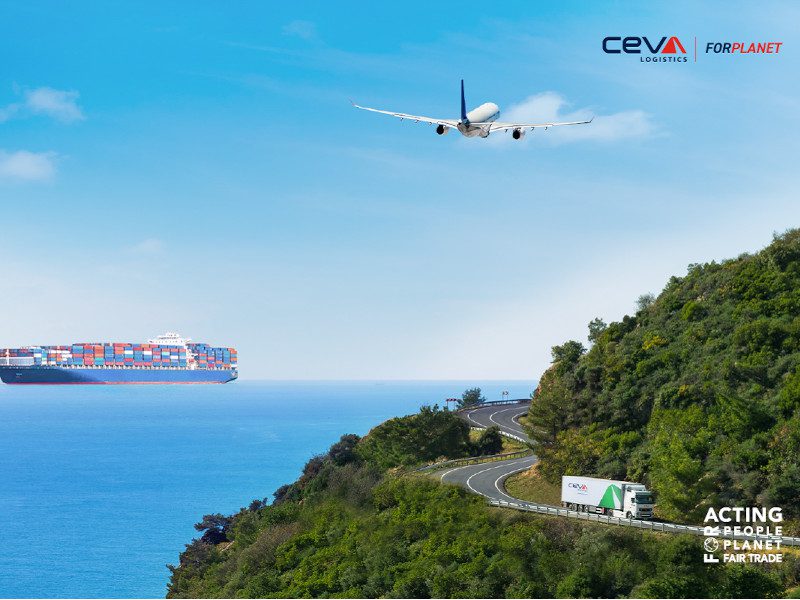In an amazing twist, technology is rendering the old fundamentals of supply chain management obsolete. In Russia, Adidas increased sales in Moscow by double digits in 24 hours, thanks to a supply chain initiative. At the same time Amazon is now looking at using drones to deliver products, a very expensive move, but one the company says will increase sales.
Experts would usually claim that supply chain management is about delivering the right quality at the lowest cost, with the agreed service level, right? Well, not anymore. As the two examples above show, it is also about increasing sales and profits; the supply chain is no longer just about efficiency, working capital reduction and inventory management. So, what happened?
Adidas is the leading sports’ shoe brand in Russia with more than 1,200 stores. As part of its strategy to please customers, Adidas is implementing an omni-channel strategy, allowing people to buy in a number of ways (on-line or in the physical store) any product that is available anywhere in Russia (whether in an Adidas shop, distribution center or warehouse), and for it to be delivered in any way (at home, at the store or at a pick-up point). This is possible thanks to the use of RFID identification chips, ‘ship from store’ tools, a digital ‘click and collect’ solution and ‘endless aisle’ technology.
Initially, Adidas implemented a trial of click and collect in Moscow expecting that just a few consumers would choose this option – to buy on-line and collect the product at a store. They expected around 10 to 20 orders per week, but consumers embraced the idea and orders reached 1,000 per week. Adidas was forced to stop the experiment and build the supply chain infrastructure needed to support such demand. Today, up to 70% of online sales are through click and collect. Similarly, other supply chain initiatives like ship from store, where goods ordered online are delivered from a store, not a distribution center, and endless aisle, in which customers can order products no longer in stock in their local store but is available in another store in another part of the country, have substantially increased sales and, logically, profits.
For Adidas Russia, the supply chain is no longer about reducing costs: It is – more importantly – about increasing sales. All of this is possible thanks to the technology being used in the supply chain. Most of these technologies belong to Industry 4.0, a high-tech strategy promoting the computerisation of manufacturing. Adidas applies these technologies to the supply chain rather than just to manufacturing. This is why we call it Supply Chain 4.0, a term initially coined by supply chain professional Anne Wyss.
Something executives always knew
Executives have always known that improving supply chains ultimately improves sales. However, because the impact was very difficult to evaluate, companies traditionally approved investments in supply chains based only on the expected reductions in costs and working capital. The digitalisation of supply chains, with the breadth of sales and ordering data available, now makes it possible to calculate by how much supply chain improvements are increasing sales and profits, and the numbers are often amazing.
Another example is how much more Adidas is selling in Russia thanks to the use of ship from store. In the largest country in the world, shipping from one part of the country to the other extreme can take up to 15 days using traditional delivery systems. By being able to deliver from a store, Adidas expected to reduce delivery times and to increase sales, but it also expected to increase delivery costs. To its surprise, delivery costs fell and sales increased substantially. It turns out that in certain product categories, consumers tend to return around 50% of the products they buy online, if delivery is made within 24 hours. However, if delivery takes three days, consumers may return up to 70%. Thus, increasing speed of delivery means fewer returns, which means higher sales – up to 40% higher at full price. Also, by reducing the number of returns, logistics costs go down substantially.
These successful examples lead to a redefinition of what a supply chain is and of the scope of the role of executives. In the case of Adidas Russia, one executive was both head of IT and supply chains – one executive with a holistic view of the business and with the goal of pleasing consumers and increasing sales. This combination made possible these developments. He justified investments by increased sales.
Similarly, while many logistics executives see the idea of Amazon using drones for deliveries as an “extravaganza”, it makes a lot of sense. For decades, the world of logistics has been obsessed with lowering costs. As one logistics executive put it: “We look at savings in terms of cents, not dollars or euros”. Delivering by drones looks crazy to them. However, if you are Amazon, and you lower the rate of return of products because you deliver in 15 minutes, fewer returns mean higher sales and, therefore, higher profit. The comparison is not about costs but about sales.
Until recently, we were used to looking at supply chains as cost drivers, not sales drivers. We have a lot of tools to understand supply chain costs, like “total cost of ownership”, “spend analysis” or “total landed cost”, but none about increasing sales. However, technology is bringing about a fundamental change and Supply Chain 4.0 requires a very different view – focusing on increasing sales through a better understanding of how customers behave.
Finally, we should also start to use the term Value Chain 4.0, because we might need to re-combine and re-think how we work and organise companies. The key is how to generate and capture value in the whole chain. And it looks very different from the past. Adidas is combining functions like IT and supply chains. They are doing a lot of trial and error (rather than the typical big bang of huge enterprise resource planning (ERP) or systems deployment) and they are using technology usually associated with Industry 4.0 everywhere, not just in the factory.
In short, the digital revolution is creating a whole new paradigm for what used to be the supply chain. It was once about delivering the right quality at the lowest cost, with the agreed service level; now it is about increasing sales, creating more value and capturing it.
The rules on supply chain management renovated by companies like Adidas and Amazon
About Logistics Buyer
International Logistics Buyer is the leading authority in global logistics and supply chain content, delivering expert news, in depth articles, exclusive interviews, and industry insights across print, digital, and event platforms. Published 10 times a year, the magazine is a trusted resource for professionals seeking updates and analysis on the latest developments in the logistics sector.
To submit an article, or for sponsorship opportunities, please contact our team below.

Chris Lingham
Group Sales Manager

Afua Akoto
Marketing Manager
Read the Latest Issue
Follow us on LinkedIn
Follow us on LinkedIn
Click HereAdvertise here
Reach decision makers and amplify your marketing

